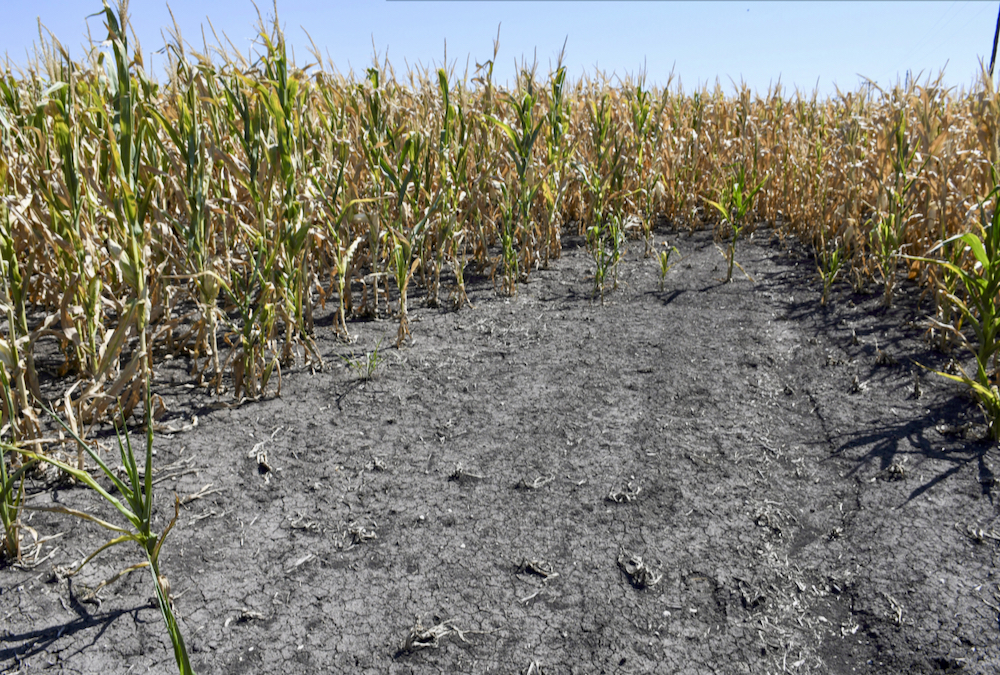Old-crop canola ran into a tough week on ICE Futures with the nearby March contract retreating by more than $50 per tonne. Also, the May 2022 contract gave up over $40 per tonne while new-crop November remained relatively firm.
Part of this pullback was that old-crop canola simply became too expensive when compared to other edible oils. A measure of profit-taking also seeped into canola that initially saw prices ease back at first, but accelerated into steep declines as the week progressed.
Read Also

Canola prices under pressure to start new crop marketing year
Canola futures fall to four-month lows despite strong export numbers in week ending Aug. 8, 2025.
As stated countless times, tight canola supplies have meant price rationing is necessary. However, not only did the lure of cashing in become too great, but exports were beginning to slow.
Added to that was the weather forecasts for South America, with rain expected going into the week of Jan. 17. That rain, should it materialize, could save very parched soybean and corn crops on the continent.
Much of Argentina and southern Brazil have been enduring another round of dry conditions, threatening their soybean and corn crops. Temperatures in Argentina had been projected to well exceed 40 C, with those in Brazil not far behind.
The heat combined with the near absence of significant rainfall have generated a long series of reductions in production estimates from government agencies and private consultancies. On Jan. 12, the U.S. Department of Agriculture (USDA) released its monthly supply-and-demand estimates, showing a 3.5 per cent cut from December in Brazil soybean production, now at 139 million tonnes. The day before, Brazil’s CONAB sliced 1.6 per cent from its forecast, to 140.5 million tonnes.
While USDA and CONAB stuck to their traditional cautious adjustments, the private consultancies have been bolder. In fact, some of them have surmised Brazil will come up short of last year’s record bean harvest of 137.3 million tonnes, including Dr. Michael Cordonnier of Soybean and Corn Advisor. Cordonnier took 2.2 per cent off of his previous prediction, lowering it to 135 million tonnes. Others include Agroconsult at 134.2 million tonnes and Patria Agronegocios at 136.2 million tonnes.
Argentina hasn’t been spared either, with the Rosario Grain Exchange chopping its estimate by 11 per cent at 40 million tonnes of soybeans. USDA lopped off six per cent at 46.5 million tonnes.
Until there is fresh news from elsewhere, the direction of the mercury and the presence of water in the rain gauges in South America will determine the general direction edible oils will take, including canola. If Argentina and Brazil get sufficient rain, then prices will most likely decline. If the drought persists then prices will climb.
That said, keep in mind where canola is now compared to a year ago.




















